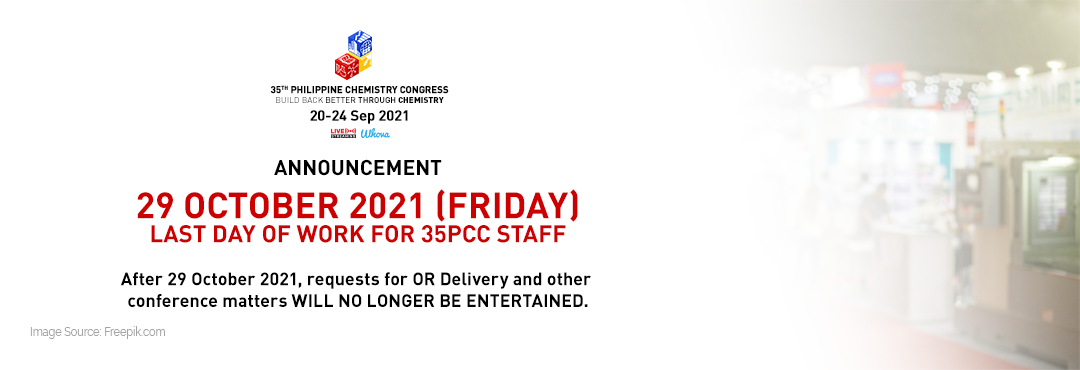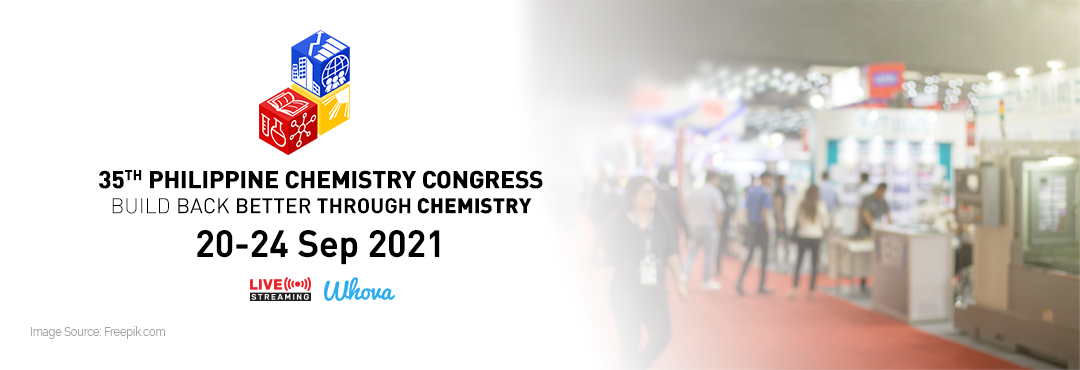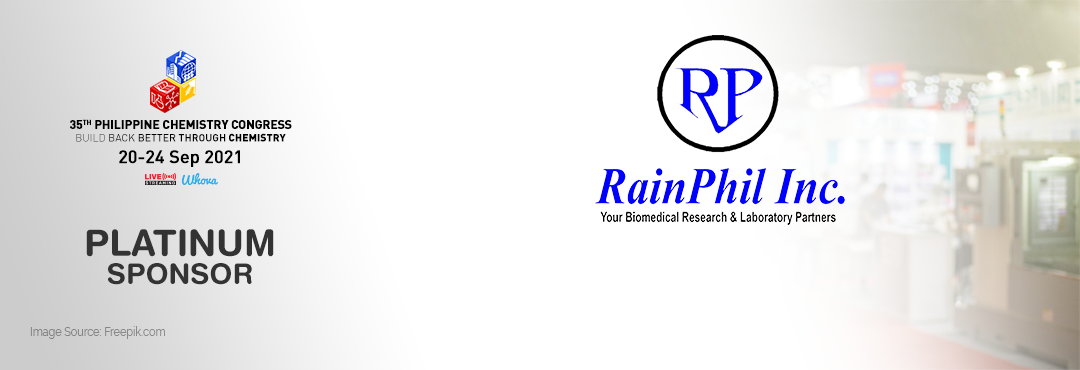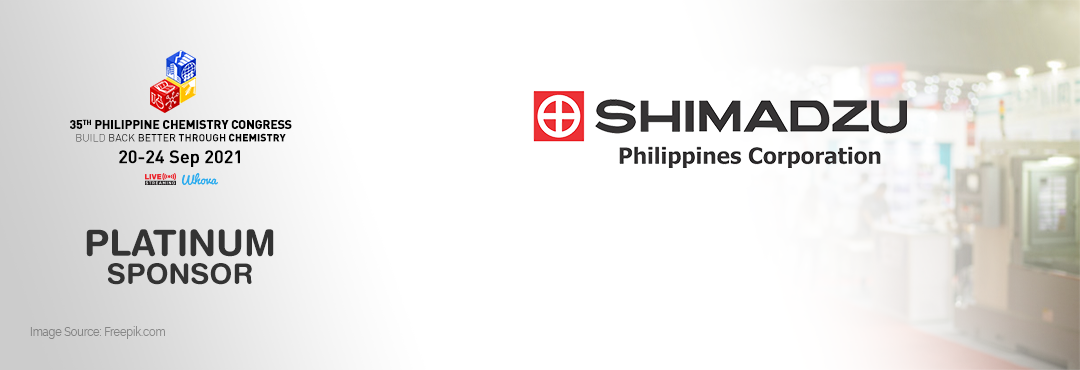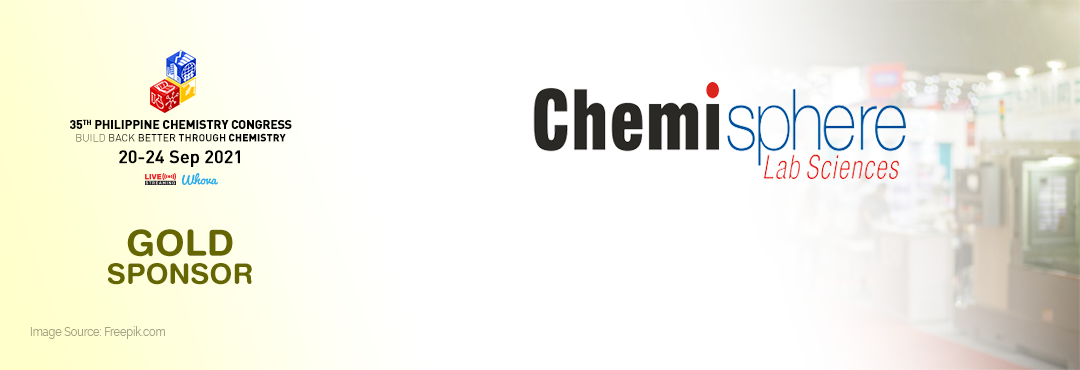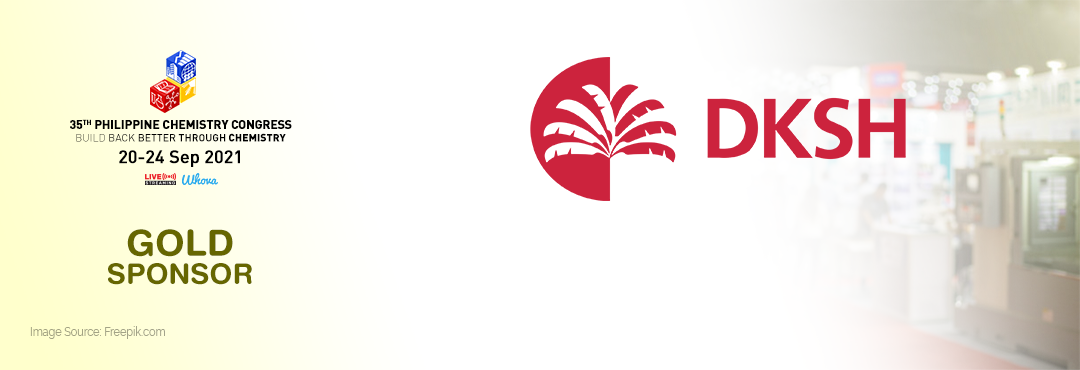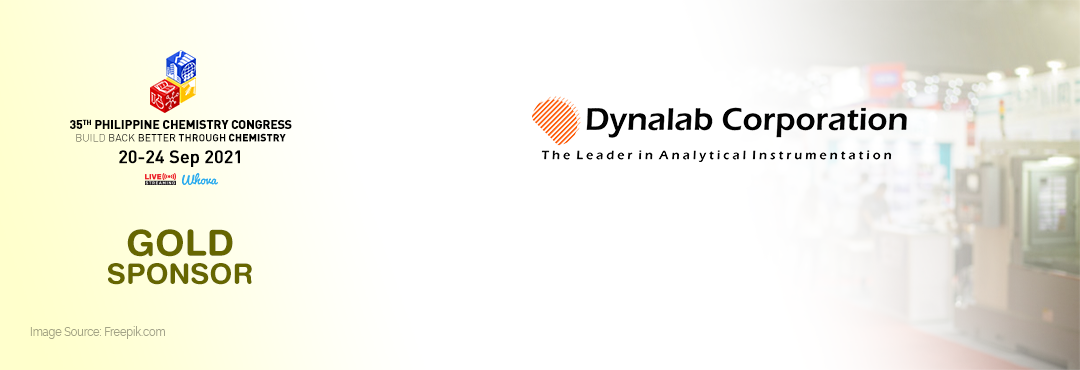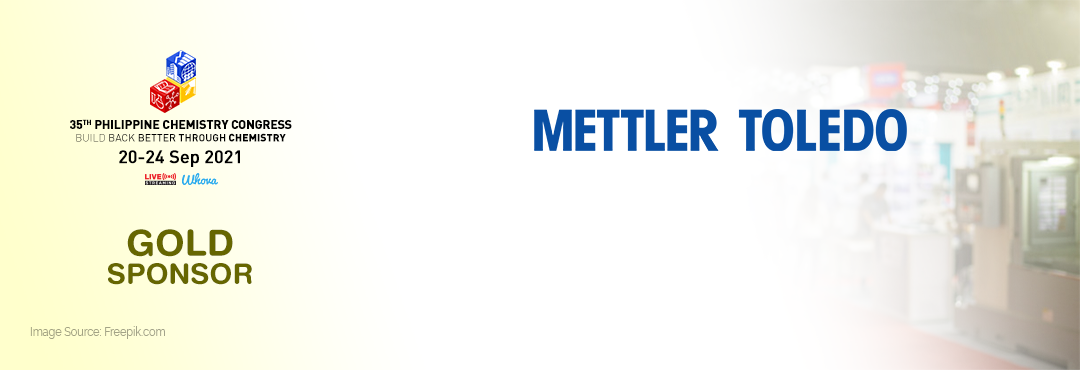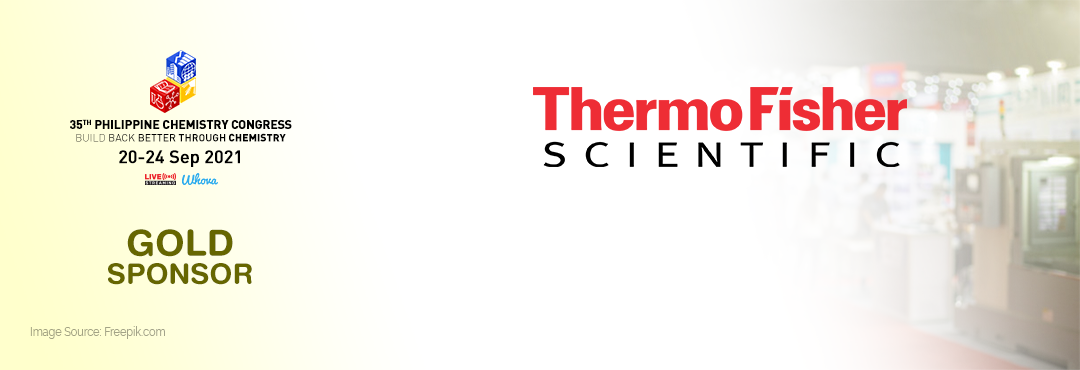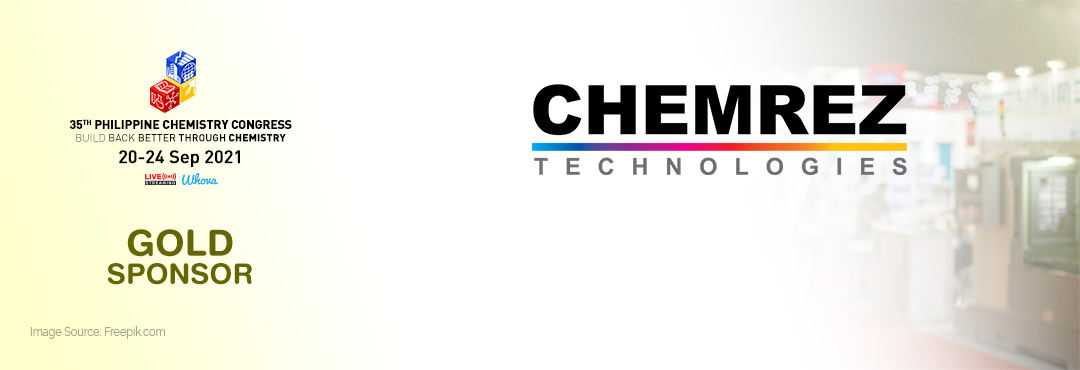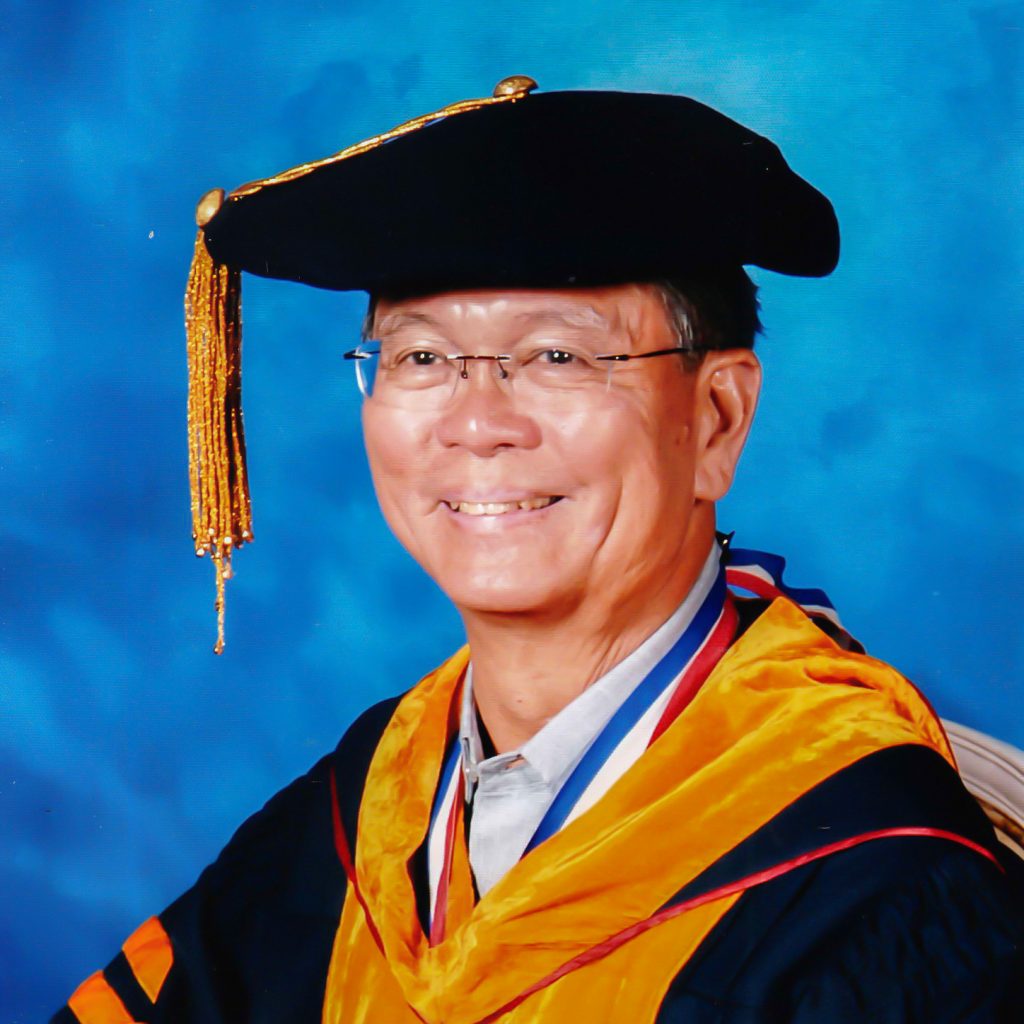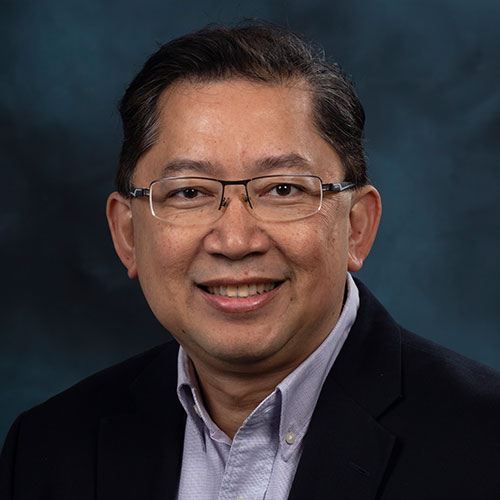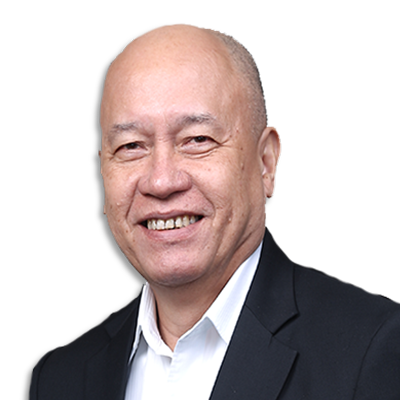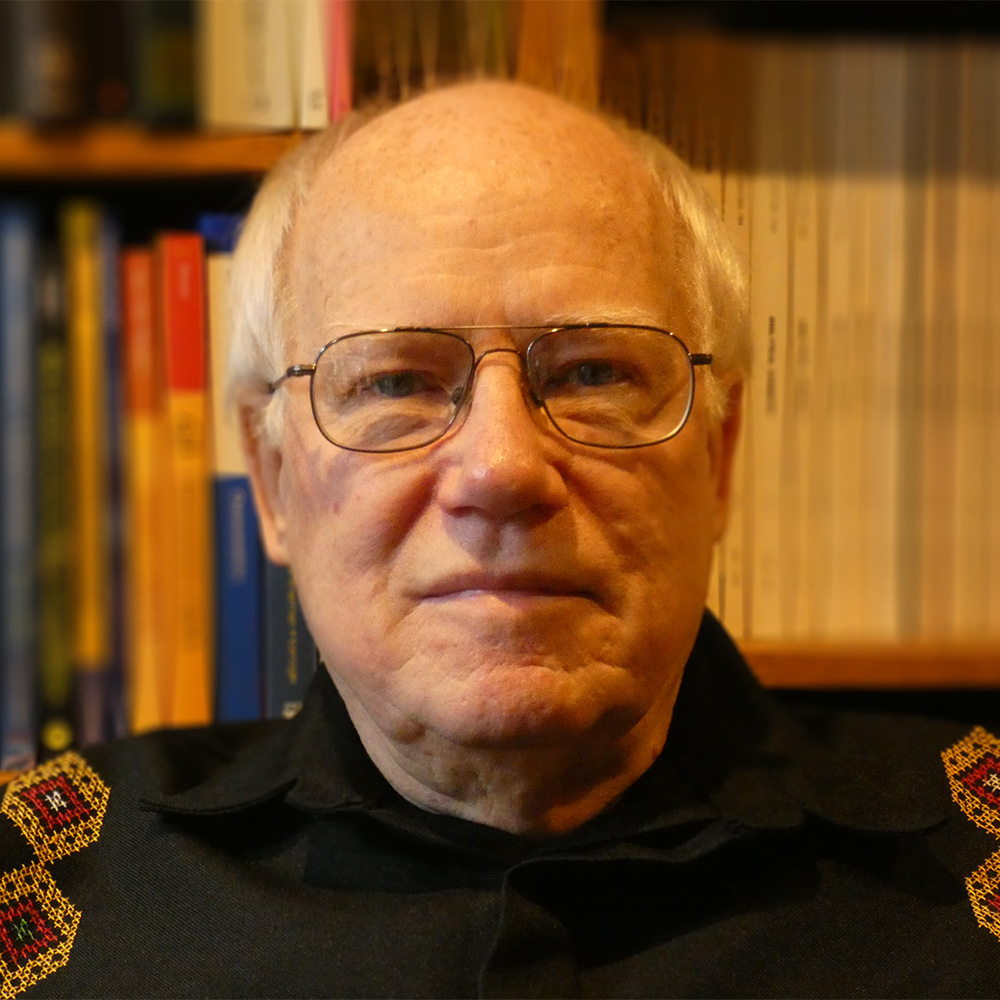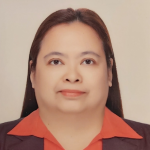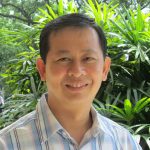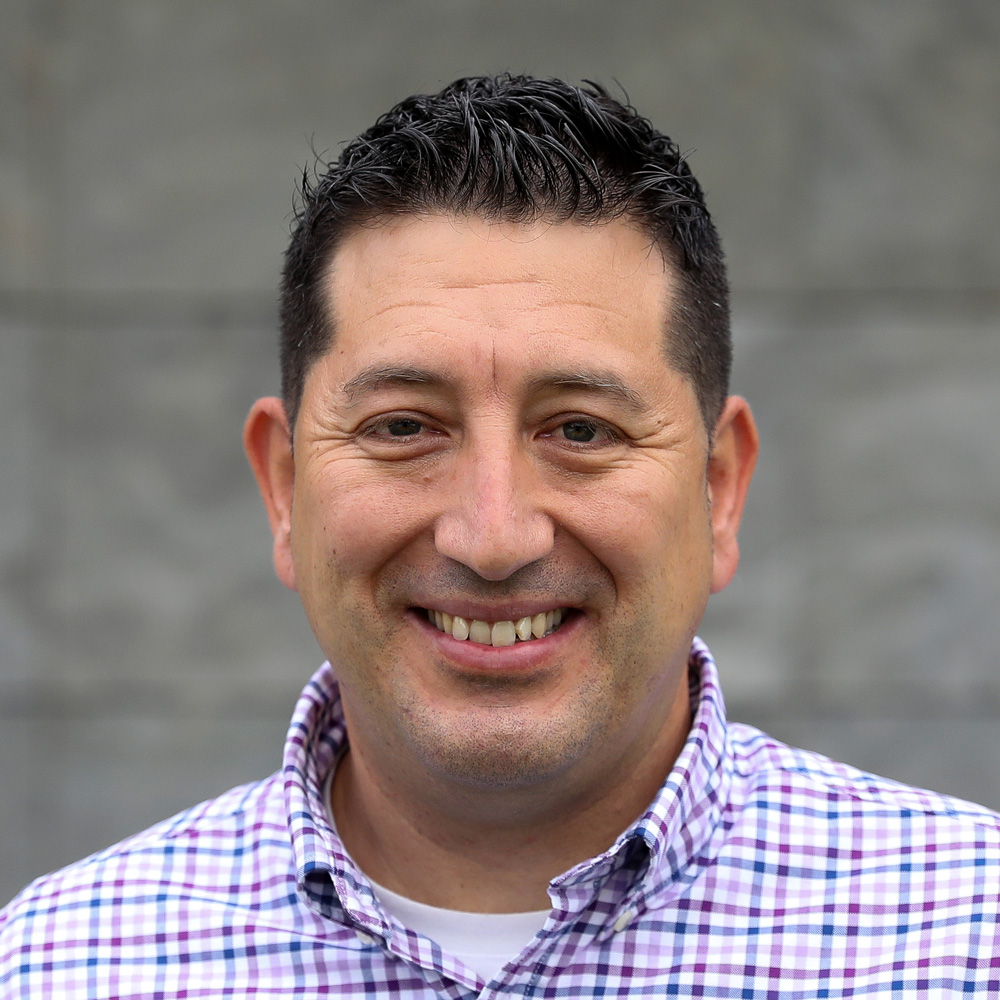William G. Padolina, PhD
President, National Academy of Science and Technology
Plenary Lecture 1 (20 Sep 2021)
Building Back Better with Chemistry
The COVID-19 pandemic has caused significant disruptions but has also provided the opportunity to reset our societal goals as we approach 2050. Building back better requires the awareness and a deep understanding and effective management of human activities, including the proliferation of technologies, that have significantly changed the land and waters of planet earth. Agriculture, industry and the services have extracted large fractions of the earth’s resources in order to provide the material and energy needs of a growing population. This combination of technologies, usually referred to as the Technosphere, appears to be taking a life of its own thereby compromising its ability to recycle its wastes, including the materials from obsolete products. Chemistry plays a vital role towards enhancing our knowledge about the dynamics of matter and energy flow in the lithosphere, hydrosphere, atmosphere and the biosphere as they affect the earth’s capacity to absorb waste and its ability to regenerate itself. In the context of the needs of Philippine society and in consonance with the Sustainable Development Goals, there is a need to institute responsible mission-critical interventions to maintain current strengths in chemistry, to actively carve a niche in the global biocommerce market, and expand capacity development especially in biogeochemistry.
Rigoberto C. Advincula, PhD
Professor, Department of Macromolecular Science and Engineering, Case Western Reserve University, Ohio, USA
Plenary Lecture 2 (20 Sep 2021)
High Performance Materials: From Upycling to 3D Printing
Polymers or plastics, as commonly known, are part of our economy and are vital materials in our society today. Because plastics have a linear economy, these have to be transformed into a circular economy, and perhaps a virtuous circle. Key to this transformation are the chemistry and structure-composition-property relationships that underlie their usefulness. Recycling has to be transformed into upcycling, which means new properties that are more valuable than the original starting material. In this talk, we will explore the potential of additive manufacturing and 3D printing as ways to enable new properties with high value-adding. Thermoplastics, thermosets, and elastomers can be fabricated to have high performance properties. It is important to see the ecosystem be part of the Philippines competitiveness in the coming years.
Edwehna Elinore S. Paderna, PhD
Associate Professor, College of Education, University of the Philippines Diliman
Plenary Lecture 3 (20 Sep 2021)
Resilient Action for Chemistry Education (RACE):
How do we bounce back from the pandemic?
Race is a verb that may mean to “move or progress swiftly or at full speed.” Hence, the talk aims to present the challenges met during the pandemic and the strategic resilient actions that we can take toward recovery. In particular, action plans for curriculum, instruction, and assessment will be presented.
Edgar F. Paski, PhD
Analytical Innovations, North Vancouver, BC, Canada
ICP Keynote Lecture 2 (21 Sep 2021)
Beyond Control Charting: Applications in Analytical Laboratories
Control charts have long been used in analytical laboratories to monitor results on control standards and control samples, a practice that satisfies one of the eleven subsections of ISO/IEC 17025:2017 section 7.7.1: ” The laboratory shall have a procedure for monitoring the validity of results. The resulting data shall be recorded in such a way that trends are detectable and, where practicable, statistical techniques shall be applied to review the results. This monitoring shall he planned and reviewed and shall include, where appropriate, but not be limited to:”
Simple visual inspection of plotted data is a first step in compliance with all subsections of 7.7.1 requirements. Examples are presented showing how this can be done easily and at minimal expense. Charting proficiency testing results leads to meeting requirements for subsection j) “interlaboratory comparisons”. Charting emission lines for the ratio of emission from an element’s UV atom line and that elements visual atom line provides information on when cleaning external optics surfaces as well as potential detector and emission source issues. Charting the ratio of Mg II 280 nm / MgI 285 nm lines tells the analyst there may be significant matrix effects that may affect many elements in a given sample solution. These are just a sampling of the situations that will be discussed.
Emphasis is given to freely available open source software for charting and related statistical tools.
Elmer-Rico E. Mojica, PhD
Associate Professor, Department of Chemistry and Physical Science, Pace University, New York City, NY, USA
PACT Keynote Lecture 1 (22 Sep 2021)
Overcoming Challenges During the Pandemic:
Lessons Learned as We Move Back and Flourish the Future
The COVID-19 pandemic has impacted every aspect of life. This pandemic resulted in the largest disruption of the education system affecting nearly 90% of the world’s student population. Educational institutions have either closed or were forced to shift from traditional face-to-face setup to virtual classroom or remote setup. With lockdown restrictions in most countries, virtual/online/remote learning was the only option available. This paradigm shift (shift to virtual or remote setting) caused some challenges in both the educators and the students as both have to adapt to this new normal. Although many believed that this transition would have a negative impact on the students’ learning experience, others believe that a new hybrid model of education will emerge after the pandemic with significant benefits. In this presentation, the speaker will share his experiences and struggles to overcome challenges as a faculty member teaching chemistry courses in different institutions with different teaching setups during the pandemic. The talk will also include some lessons learned in the implementation of a hybrid mode of teaching (and research) and the resumption of the face-to-face setting. Lastly, a discussion on how the education industry can be improved after the resumption of in-person classes will also be included.
Vic Marie I. Camacho, MS
Associate Professor, College of Teacher Development, Philippine Normal University
PACT Keynote Lecture 2 (22 Sep 2021)
CHEM ReSeT: Reconstructing the System of e-Teaching for Chemistry Education amidst the COVID 19 Season
The Fourth Industrial Revolution and the world of artificial intelligence prompts the Philippine education system to slowly transform itself for the future of e-learning. Innovative pedagogies which utilize open education resources and other information available in the internet, and lifelong learning were greatly encouraged but not imposed in the educational culture (Ally, 2019). The COVID 19 pandemic led to an abrupt progressive shift of instructional delivery from the traditional face to face delivery to alternative means of teaching until such time that the crisis in the country would have been abated. The Commission on Higher Education (CHED) recommended as recourse for Higher Education Institutions, the use of blended learning and eventually emergency remote teaching, provided that completed contact hour requirements for a subject or a degree program based on school academic policies are attained (CHED Advisory No.6, April 7, 2020).
Philippine Normal University, the National Center for Teacher Education, responded to the demands of the time by delivering flexible learning modality in compliance with the CHED’s direction to continuously provide inclusive and accessible education despite the pandemic (Tuga, 2021). This paper significantly discusses current issues in alternative modes of learning for chemistry education at PNU and the implications to learners, curriculum, instruction and assessment. Sharing the chemistry education teaching and learning experiences is in adherence to one of the PNU strategic directions on being responsive to the needs of the stakeholders. These innovations seek to produce future quality chemistry teachers as well as to provide sustainable leadership in chemistry education that generate influence and impact to the stakeholders.
Armando M. Guidote, Jr., PhD
Professor, Department of Chemistry, School of Science and Engineering, Ateneo de Manila University
KKP Keynote Lecture 1 (23 Sep 2021)
Philippine Medicinal Plants with Potential Immunomodulatory and Anti-SARS-CoV-2 Activities
We identified Philippine medicinal plants that possess phytochemicals with potential anti-SARS-CoV-2 activity and/or immunomodulatory properties that may strengthen one’s immune system against COVID-19. These plants were selected from one hundred of the best studied Philippine medicinal plants with antiviral and immunomodulatory properties. The general antiviral and specific anti-SARS-CoV-2 activities and immunomodulatory properties of the phytochemicals that these plants contained were searched. While many compounds assessed individually using in vitro and in silico techniques suggest potential ant-SARS-CoV-2 or immunomodulatory effects, this review sought to identify the medicinal plants which contain these compounds and which, based on literature, have the best potential application against COVID-19. These plants are: Allium spp. bulbs (bawang), Andrographis paniculata (Burm.f.) Nees leaves (sinta), Cocos nucifera L. oil (niyog), Euphorbia hirta L. leaves (tawa-tawa), Euphorbia neriifolia L. leaves (sorosoro), Moringa oleifera Lam. leaves (malunggay), Ocimum basilicum L. leaves (balanoy), Piper nigrum L. seeds (paminta), Vitex negundo L. leaves (lagundi), and Zingiber officinale Roscoe rhizome (luya). This provides a shortlist that can guide research on possible solutions to COVID-19 using Philippine medicinal plants.
Santiago Gómez-Ruiz, PhD
Professor, Departamento de Biología y Geología, Física y Química Inorgánica,
Universidad Rey Juan Carlos, Móstoles (Madrid), Spain
KKP Keynote Lecture 2 (23 Sep 2021)
Beyond the regular photocatalytic applications of titanium dioxide-based nanomaterials:Reshaping the future of different catalytic or biological systems
Titanium dioxide-based nanomaterials have demonstrated effective photocatalytic properties in different processes related to Environmental Chemistry such as water, soil and gas decontamination by the removal of a wide variety of pollutants.1 The morphology, particle size and surface area of the systems dominate their properties and potential applicability in different processes. In this context, titanium dioxide systems are also useful in the energy sector because of their ability of promoting hydrogen production via different reactions such as water splitting or methanol photoreforming, when doped with noble metals.
Thus, the support of metal nanoparticles onto titanium dioxide-based materials has opened the possibility of expanding their potential applicability to several other processes, including industrial catalytic reactions and / or biological purposes, for example, against viruses.
In this communication, the most recent results of our team will be highlighted, paying special attention to the non-regular properties of this kind of nanostructured nanosystems which may change the potential directions for the future application of these systems in different catalytic or photocatalytic reactions of environmental interest. In addition, the potential biological, therapeutic or sanitizing applications of these systems for the future will also be presented.

